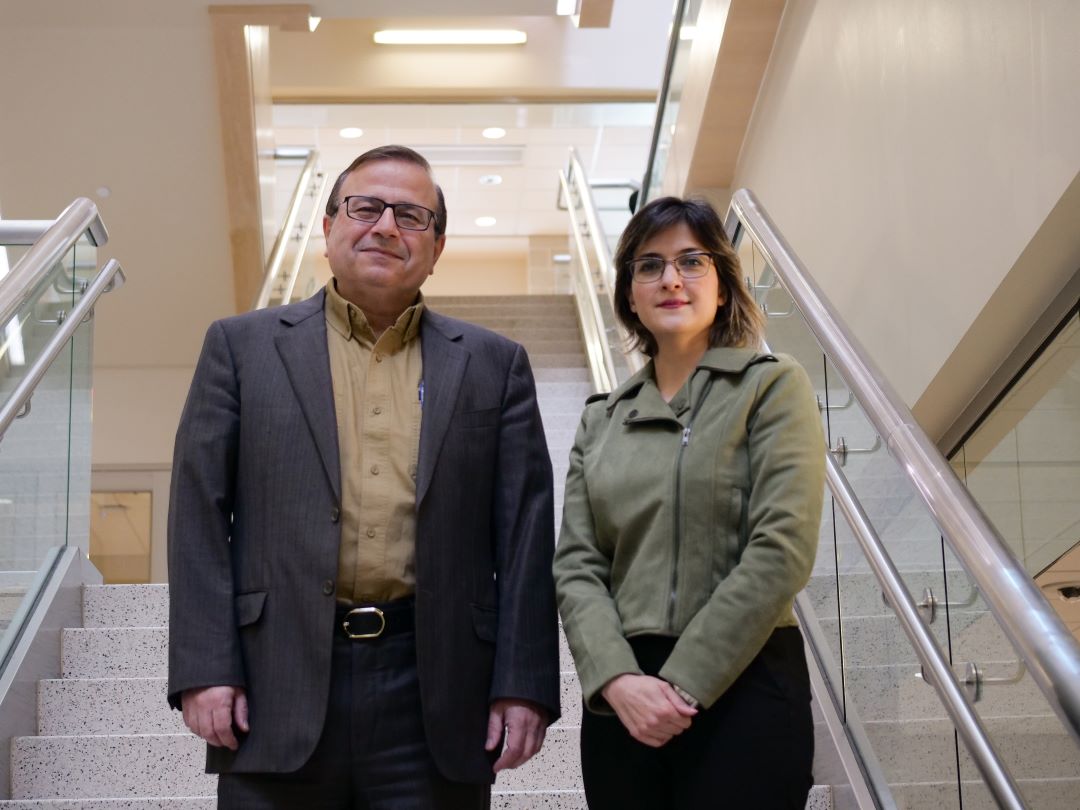Fitness
USask spearheads AI-driven detection of early Alzheimer’s through eye screenings

The project, “Screening eyes of people in Saskatchewan with non-invasive imaging technologies and artificial intelligence for early detection of Alzheimer’s Disease,” received a $150,000 Impact Grant as part of the Saskatchewan Health Research Foundation (SHRF) Solutions Program. Supporting an interdisciplinary approach to research, the SHRF Solutions Program mobilizes researchers with diverse skills and expertise to help address Saskatchewan health challenges.
It’s estimated that more than 50 million people around the world are currently living with Alzheimer’s disease and related dementias, a number that is set to triple by 2050. In Saskatchewan, 2.3 per cent of people over 65 have been diagnosed with the disease.
According to research recently published in Scientific American, the total annual economic burden of Alzheimer’s disease was more than US$2 trillion in 2019 (an equivalent of C$2.64 trillion), and is forecast to increase to $10 trillion by 2050.
“There is currently no non-invasive method to screen for Alzheimer’s disease, especially when it comes to early detection, which is so crucial to slowing down progression of the disease,” said Taghibiglou, neuroscientist and associate professor in the Department of Anatomy, Physiology and Pharmacology in USask’s College of Medicine. “But they say that the eyes are the windows to the brain, and we believe that changes in the retina and optical nerve can be used to develop a new screening tool that can identify the disease decades before the onset of symptoms.”
The goal of the project is to develop an AI algorithm that could detect very early signs of Alzheimer’s disease using routine ophthalmological scans of the retina, known as optical coherence tomography (OCT). Taghibiglou and Mardanisamani will train an algorithm to identify patterns of degeneration related to Alzheimer’s disease using OCT data from patients in Saskatoon, Regina and Prince Albert.
“We will have access to images that span over 20 years and we will be able to gather information and fine tune our methods for best results,” said Mardanisamani, postdoctoral fellow in the Department of Anatomy, Physiology and Pharmacology in the College of Medicine. Mardanisamani experience in machine learning and image processing during her PhD under supervision of Dr. Mark Eramian (PhD), professor in the Department of Computer Science in the USask College of Arts and Science, laid the foundations for her work with Taghibiglou.
This interdisciplinary project pulls researchers from neuroscience, computer science, medicine and more, including Saskatoon optometrist and Dr. Kerry Bishop (OD) who is co-principal investigator on this project. Other collaborators include Dr. Andrew Kirk (MD), Dr. Ravikrishna Nrusimhadevara (MD), and Dr. Francisco Cayabyab (PhD) from USask’s College of Medicine and USask alumna and ophthalmologist Dr. Melody Wong (MD).
Taghibiglou said the SHRF grant is a lifeline for many scientists in Saskatchewan and is grateful for the investment into his research.
Taghibiglou and Mardanisamani are hopeful that this SHRF-funded research could evolve into a database or app that can help different clinicians collaborate on patient care, improving outcomes for individuals with Alzheimer’s disease in Saskatchewan.


)






